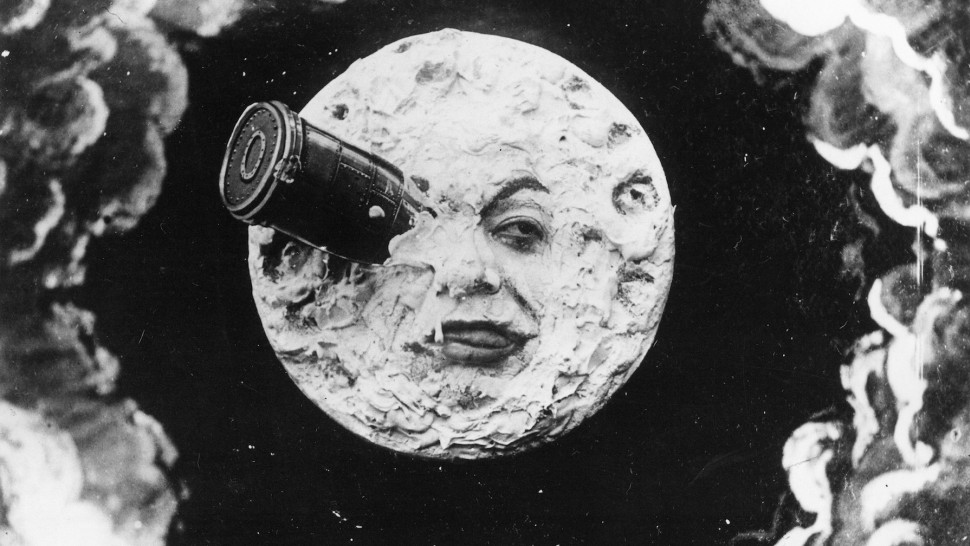I often think about life as a series of consecutive events that singularly make no sense whatsoever, but when combined, are meaningful. I was pleasantly surprised to observe my view on life in film this week.
With the juxtaposition of images, as well as the use of editing techniques which involve putting separate shots with singular meanings consecutively, a third—and more powerful—meaning is created. A particularly iconic example of this can be seen in Soviet film director Sergei Eisenstein’s Battleship Potempkin. This 1925 silent film is best known for the Odessa Steps sequence, which sequences shots of a massacre and joins them together with facial expressions and singular symbolic images, such as the firing of weapons, captivating the audience’s attention like a puzzle would a toddler. This complication of shots is, in fact, like a puzzle—the sequence focuses on details of the massacre and leaves the audience to piece the singular shots together and form their own image of the massacre as a whole. This sequence remains one of the most studied ones and has been heavily referenced since.
The Weimar era (1919-1933)—the period after World War I until the rise of Nazi Germany—was a time of political and economic turmoil, as well as new social freedoms and artistic movements, and gave rise to German Expressionism. This film movement emphasized inner states of characters through mise-en-scene and montage. This film era was a platform of expression to describe the state of Germany post-World War I and, through the aggressive and morose themes these films undertake, a sense of subconscious foreshadowing of fascism and Nazi Germany can be observed. This film era absorbed post-war brutalities and turned it into abstract art.
Kammerspielfilme, which means chamber films, generated sympathy for the public through common themes of lower-middle-class life. German filmmaker F.W. Muranau made the ultimate Kammerspielfilm in 1924 called The Last Laugh. The Last Laugh revolves around a character who takes great pride in his work, until one day he’s demoted. This character is relatable and captivated audiences.
During this film era, in the midst of art movements such as Dadaism and Surrealism, films were designed to offend higher classes. Luis Buñuel’s Un Chien Andalou (1929) is a surrealist film inspired by scenarios thought up by surrealist artist Salvador Dali. This film lacks conventional plot and toys with the audience by not having a particular meaning and was an attempt from Buñuel to shock and insult the intellectual higher class. To Buñuel’s horror, the film was actually a huge success amongst the intellectual middle class. The film uses the same editing techniques of specific sequence montage previously mentioned. The film begins with a shot of a man sharpening a razor, then a close-up of a young woman being held by the same man who was seen sharpening a razor then cuts to a shot of a cow’s eye being slit by a razor. The change happens so quickly that it almost seems as though it is the woman’s eye being slit. I was also pleasantly surprised to learn that the Pixies’s song “Debaser” is a reference to the fact that Un Chien Andalou debases morality and standards of art.


